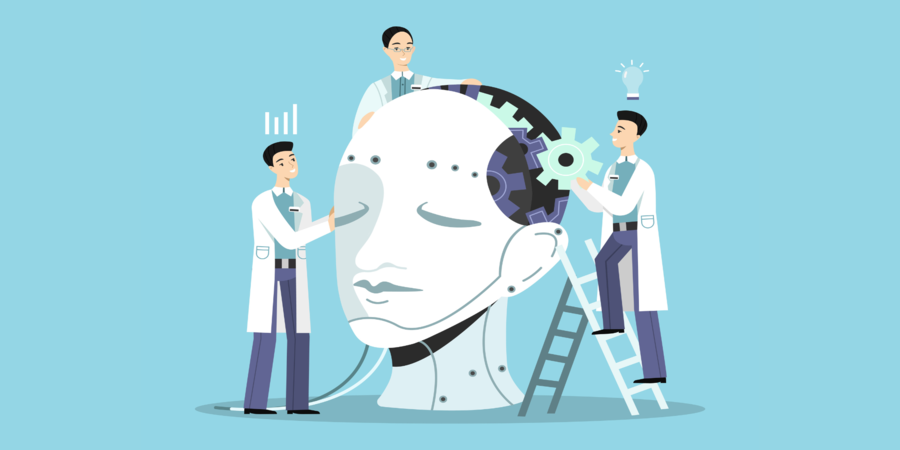

What is Bias in AI?
Artificial Intelligence (AI) has been making incredible strides over the past few years, with its applications being implemented in almost every industry. From chatbots that assist customer service to autonomous cars, AI has revolutionized the way we live our lives. However, as advanced as AI may seem, it still has its flaws. One of the most significant issues in AI is bias. In this article, we will discuss what bias in AI is, how it occurs, and its impact on society.
Defining Bias in AI Bias in AI refers to the systematic and repeatable errors in the AI model's decision-making processes. These errors can result in unfair treatment or disadvantage to certain groups of people based on their race, gender, age, religion, sexual orientation, or other factors. In simpler terms, AI can be biased if it has been trained on data that contains stereotypes or discriminatory patterns.
Types of Bias in AI
There are many different kinds of bias in AI, such as:
- Sampling Bias - This type of bias occurs when the training data used to train the AI model is not diverse enough. This leads to a skewed dataset, resulting in an AI model that is not representative of the entire population.
- Algorithmic Bias - This type of bias occurs when the AI model itself is designed in a way that is biased. This can be due to a lack of diversity in the development team, lack of consideration for all possible scenarios, or an insufficient understanding of the data used to train the model.
- Measurement Bias - This type of bias occurs when the AI model's performance is evaluated using biased metrics. This can result in the model being considered accurate when it is not.
- Confirmation Bias - This type of bias occurs when the AI model is trained to look for patterns that confirm pre-existing beliefs or stereotypes.
How Bias Occurs in AI Bias in AI can occur in several ways. The most common way is through the data used to train the AI model. If the data is not diverse enough, or if it contains biases, the AI model will learn those biases and incorporate them into its decision-making process. For example, if an AI model is trained on data that contains primarily male names, it may have difficulty recognizing female names.
Another way bias can occur is through the algorithms used to build the AI model. If the algorithms are not designed to be unbiased, the AI model will make biased decisions. This can happen when the algorithms are not designed with diversity in mind or when they are not tested for fairness.
The Impact of Bias in AI The impact of bias in AI can be significant. It can lead to unfair treatment or disadvantage for certain groups of people. For example, if an AI model is used to evaluate job applications, and it has been trained on data that contains gender biases, it may end up rejecting more female applicants than male applicants.
Bias in AI can also perpetuate existing social inequalities. For example, if an AI model is used to determine loan eligibility, and it has been trained on data that contains racial biases, it may end up approving more loans for white people than people of color.
How to Address Bias in AI Addressing bias in AI requires a multifaceted approach. Here are some steps that can be taken:
- Diversify the Data - To address bias in AI, it is crucial to have diverse training data. This means that the data should be representative of the entire population and should not contain biases.
- Test for Fairness - It is essential to test the AI model for fairness to ensure that it is not making biased decisions. This can be done by using metrics that are designed to detect bias.
- Increase Diversity in Development Teams - Having diverse development teams can help address bias in AI. It can ensure that multiple perspectives are taken into account during the development process and that biases are identified and challenged.
- Regular Audits and Monitoring - AI systems should be regularly audited and monitored to identify and address any bias that may emerge over time. This includes ongoing evaluation of the data used for training and the performance of the AI model.
- Ethical Frameworks and Guidelines - Establishing ethical frameworks and guidelines for the development and deployment of AI systems can help mitigate bias. These frameworks should emphasize fairness, transparency, and accountability.
- User Feedback and Input - Encouraging user feedback and input can help identify biases or unintended consequences of AI systems. This can be done through user surveys, feedback mechanisms, or involving users in the design and testing phases.
- Collaboration and Regulation - Collaboration among industry experts, policymakers, and researchers is crucial to addressing bias in AI effectively. It is important to establish regulations and standards that govern the development and deployment of AI systems to ensure fairness and protect against harmful biases.
Conclusion
Bias in AI is a pressing concern that needs to be addressed to ensure the ethical and fair use of AI technologies. Understanding the different types of bias and how it can occur in AI systems is the first step toward mitigating its impact. By diversifying data, testing for fairness, increasing diversity in development teams, conducting regular audits, establishing ethical frameworks, encouraging user feedback, and promoting collaboration and regulation, we can work towards building AI systems that are unbiased and beneficial for all of society. It is essential that we strive for transparency, accountability, and fairness in AI to harness its true potential while minimizing the risks associated with bias.
Popular articles

Jun 08, 2023 07:51 AM
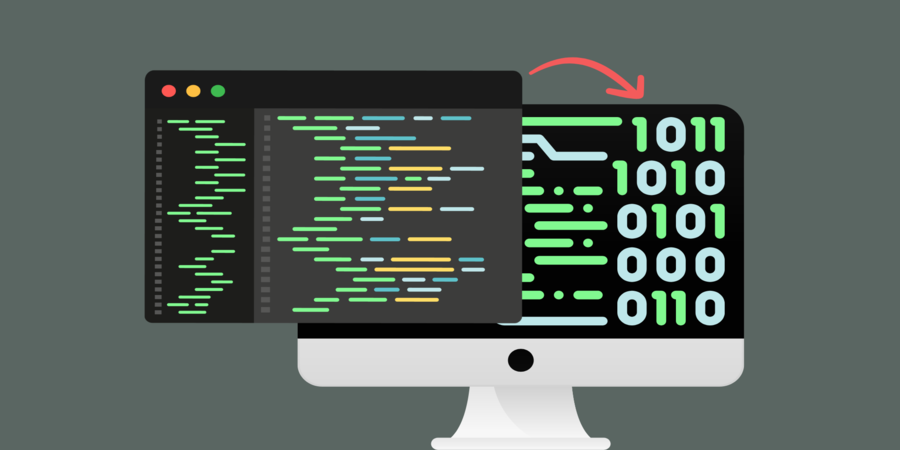
Jun 08, 2023 08:05 AM
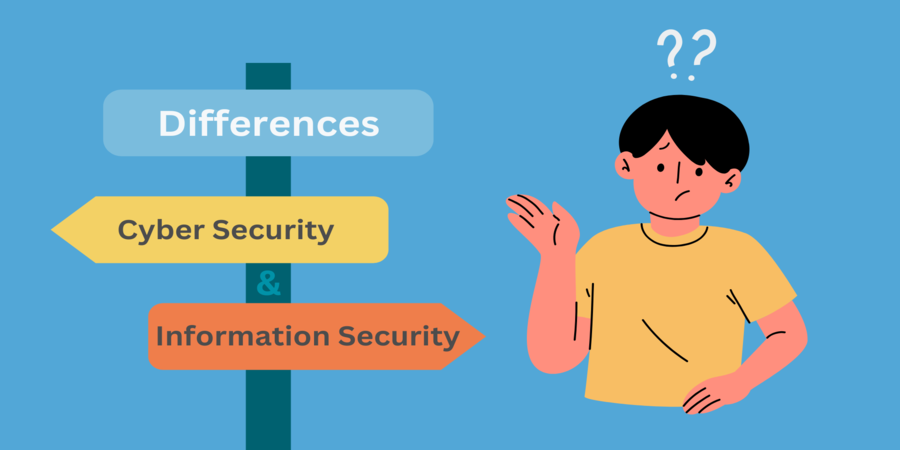
Jun 08, 2023 03:04 AM
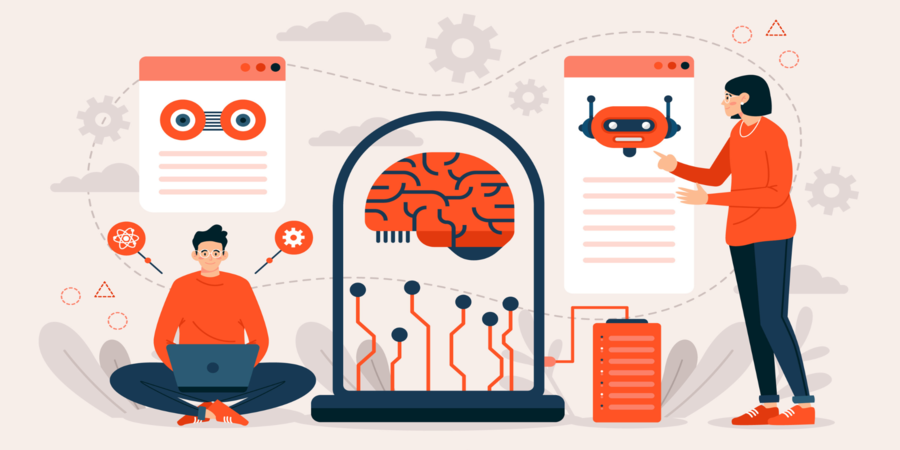
Jun 07, 2023 04:32 AM
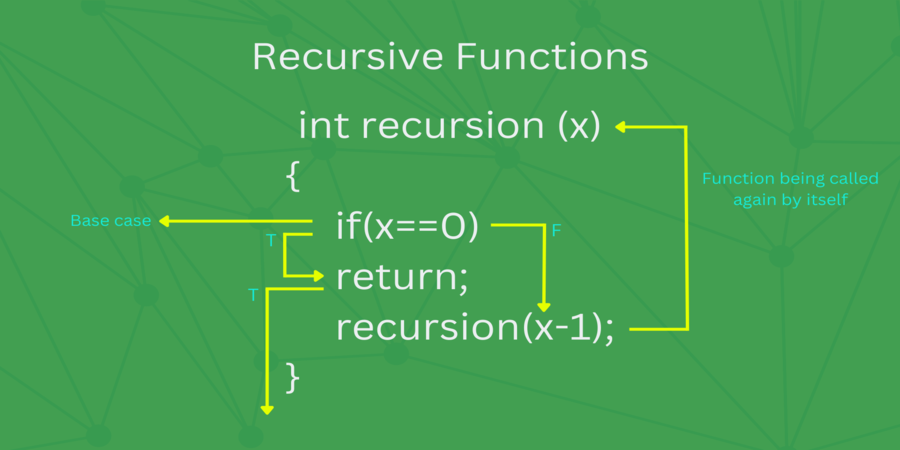
Jun 05, 2023 06:41 AM
Comments (0)